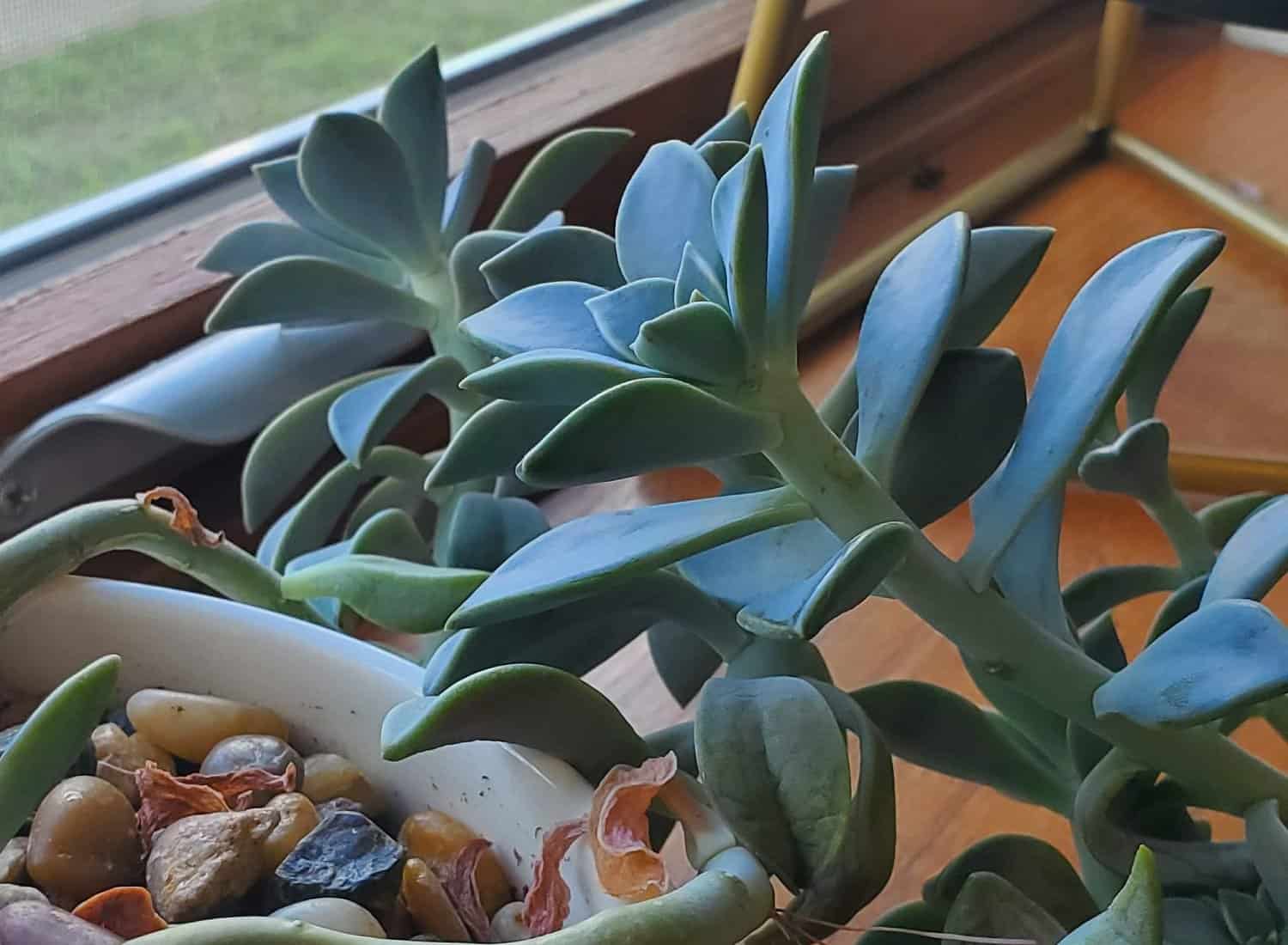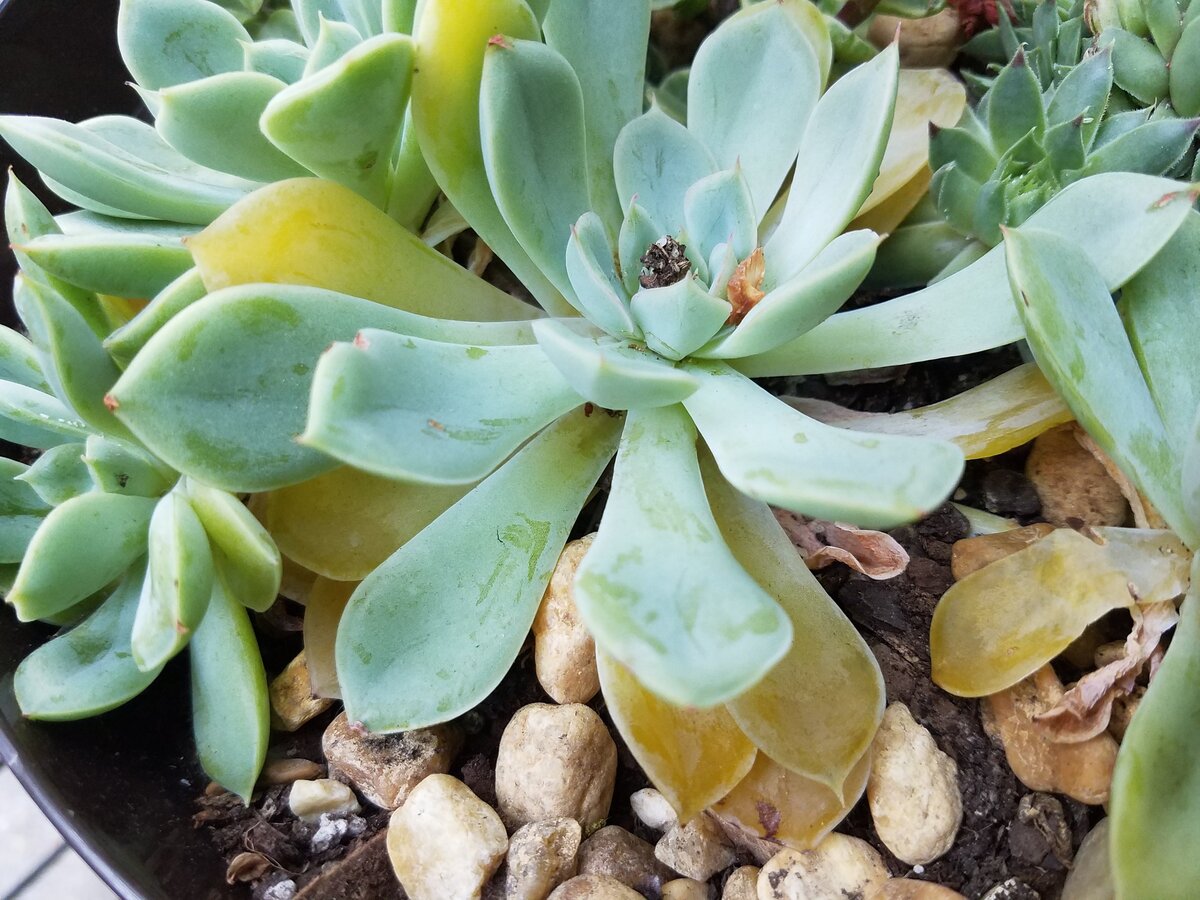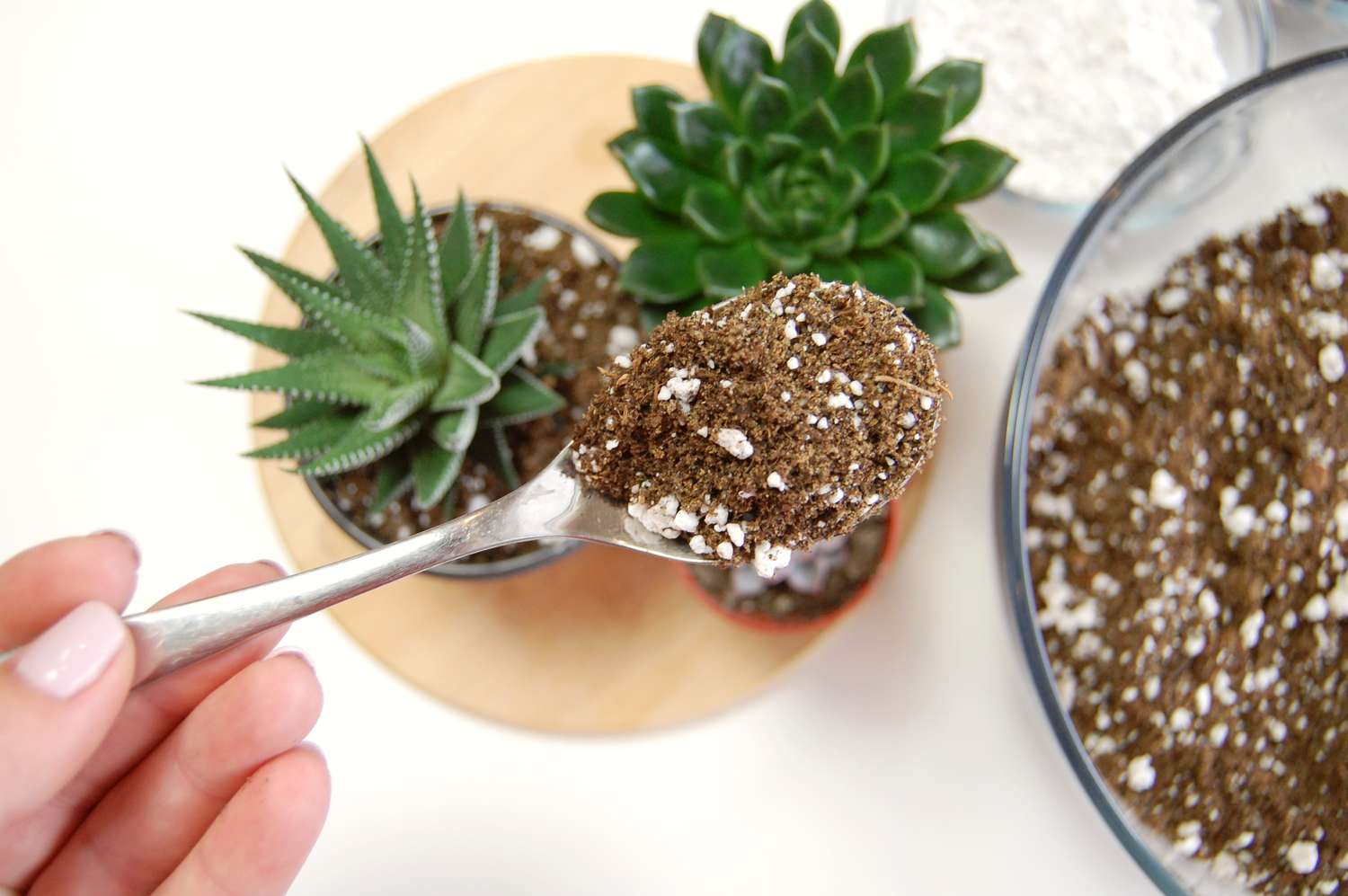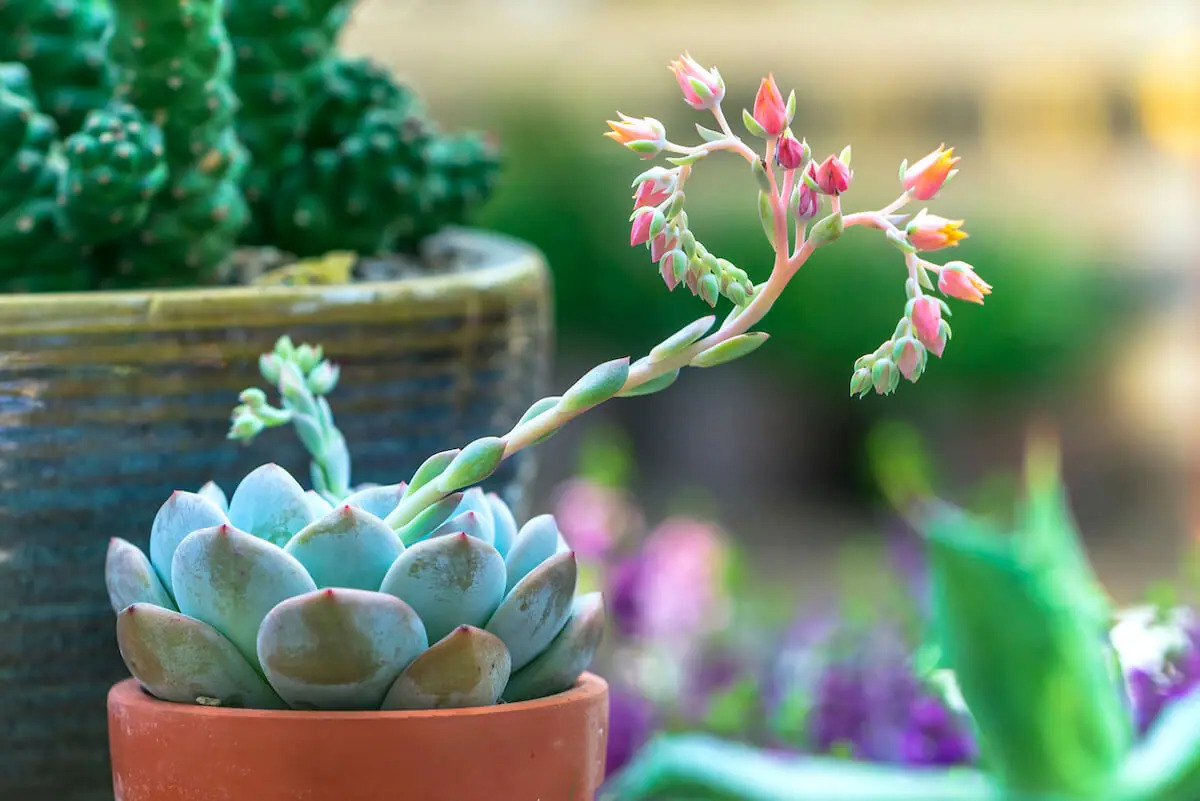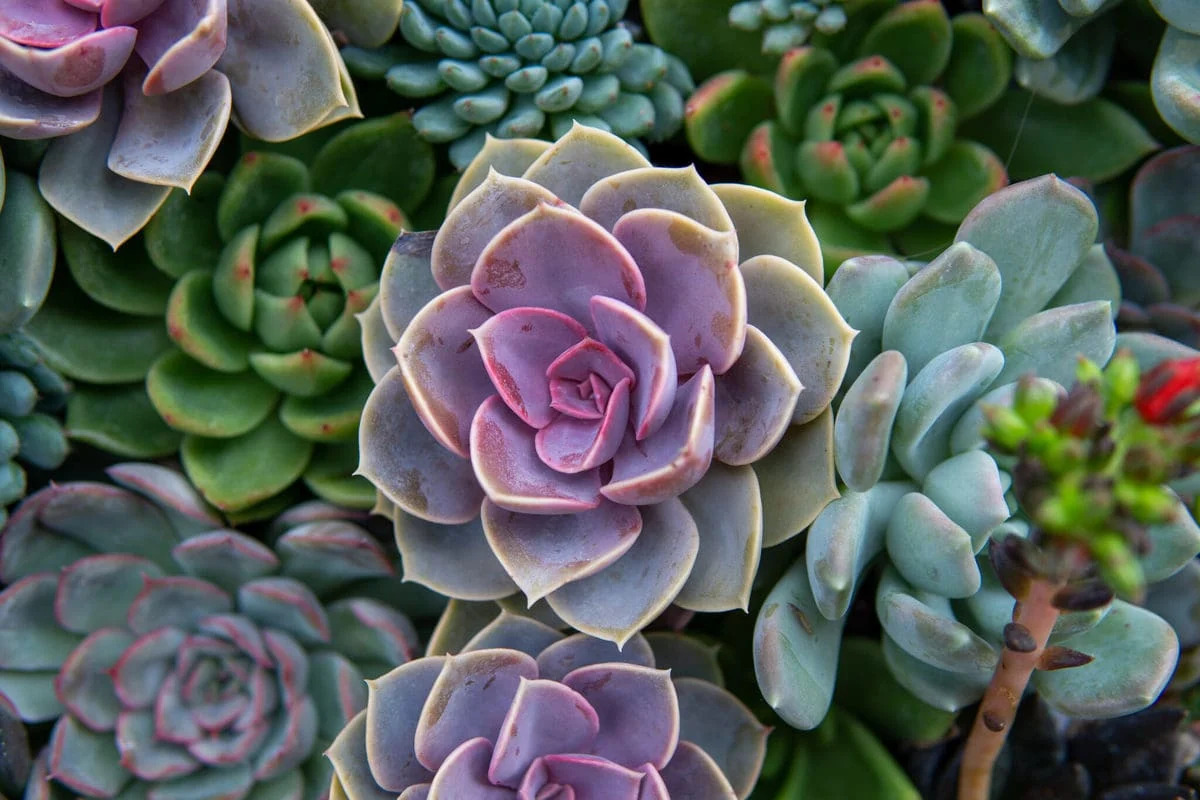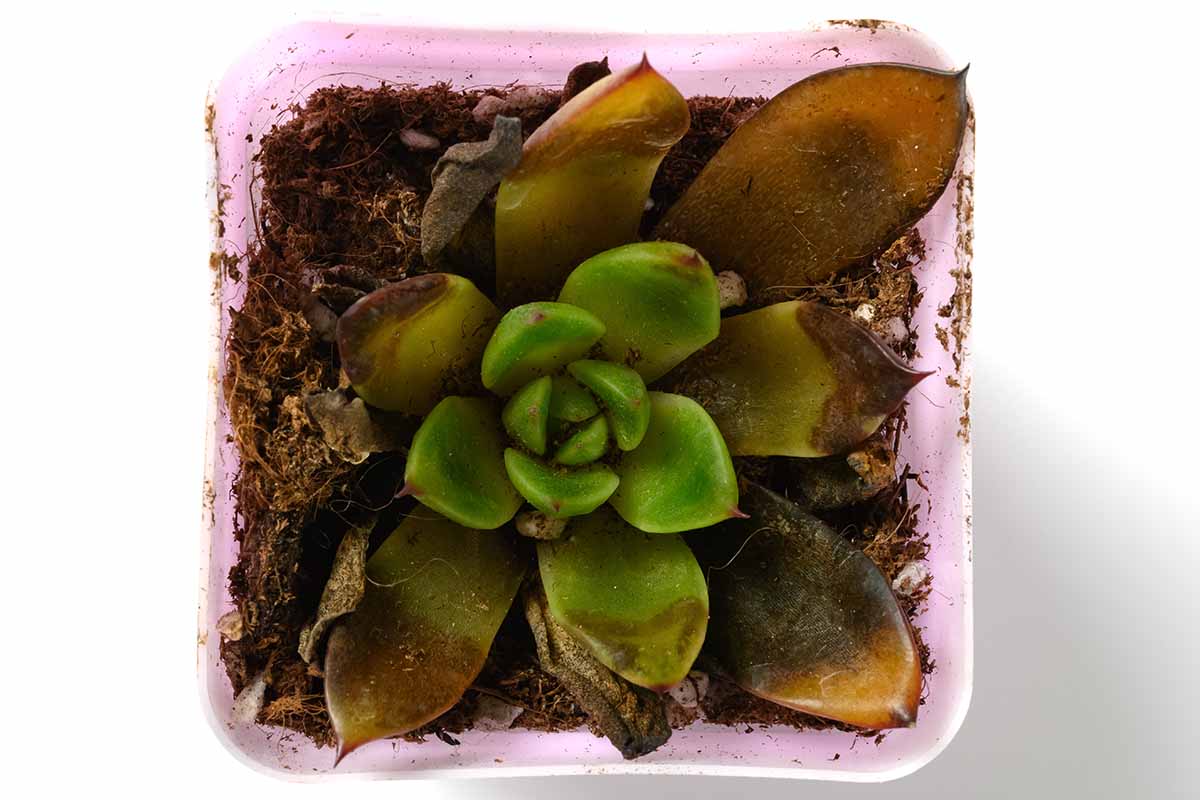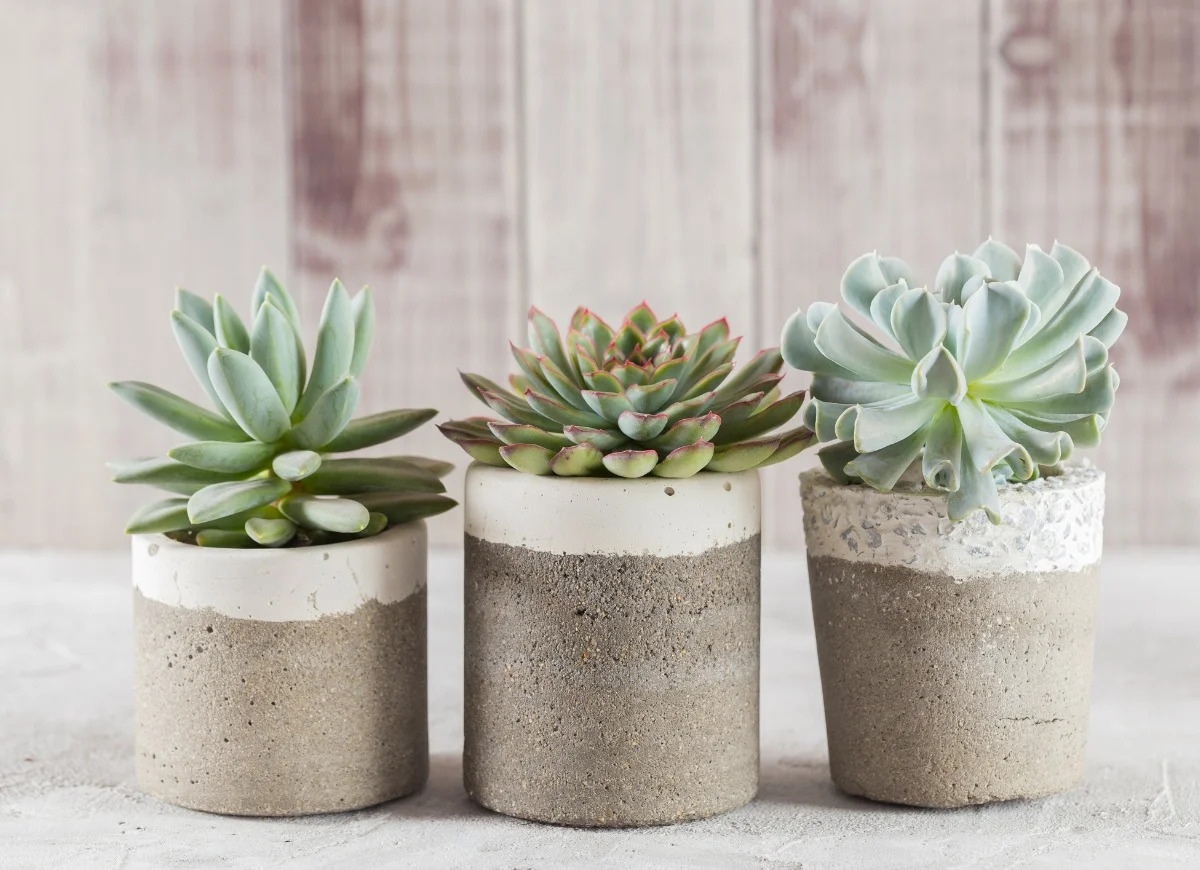Home>Gardening News and Trends>Latest News>What Do Succulents Represent


Latest News
What Do Succulents Represent
Published: December 28, 2023
Discover the latest news on what succulents represent and their symbolism. Explore the hidden meanings and cultural significance of these popular plants.
(Many of the links in this article redirect to a specific reviewed product. Your purchase of these products through affiliate links helps to generate commission for Chicagolandgardening.com, at no extra cost. Learn more)
Table of Contents
Introduction
Welcome to the fascinating world of succulents! These unique and beautiful plants have been gaining popularity in recent years, captivating both avid gardeners and enthusiastic plant enthusiasts alike. With their striking colors, intricate forms, and low-maintenance nature, succulents have become a beloved addition to gardens, indoor spaces, and even weddings.
But what exactly do succulents represent? Beyond their ornamental value, these plants hold deeper meanings that have been cherished by various cultures throughout history. Understanding the symbolism and cultural significance of succulents can add an extra layer of appreciation to these remarkable plants.
In this article, we will explore the definition and history of succulents, the different types of succulents, their unique adaptations, as well as the symbolism and cultural significance they carry. So, whether you are a seasoned succulent enthusiast or just beginning your journey into the world of plants, get ready to uncover the hidden meanings behind these captivating succulents.
Definition of Succulents
Succulents are a group of plants characterized by their ability to store water in their leaves, stems, or roots. The word “succulent” comes from the Latin word “succus,” which means juice or sap. This unique feature allows succulents to thrive in arid and drought-prone regions, where water is scarce and conservation is crucial.
One of the defining traits of succulents is their thick, fleshy leaves and stems. These structures serve as reservoirs to store water, enabling the plant to survive in harsh conditions. The leaves of succulents are often covered in a waxy or hairy coating, which helps to reduce water loss through evaporation.
Succulents belong to various botanical families and encompass a wide range of plant species. Cacti, a popular subgroup of succulents, are known for their unique and spiky stem structures. Other common types of succulents include Aloe Vera, Echeveria, Sedum, and Crassula, among many others.
Due to their diverse forms and adaptations, succulents come in a wide array of sizes, colors, and textures. From tiny, clustering Rosettes to tall, columnar Cacti, succulents offer an abundance of choices and possibilities for every plant lover.
History of Succulents
The history of succulents dates back thousands of years, with evidence of their cultivation and appreciation found in various ancient civilizations. Succulent plants were valued for their resilience, beauty, and medicinal properties, making them an integral part of human culture throughout history.
One of the earliest documented records of succulents dates back to ancient Egypt, where Aloe Vera was cultivated for its healing properties. The Egyptians believed that Aloe Vera had protective and medicinal qualities, and it was even placed in the tombs of pharaohs as an offering for the afterlife.
During the Age of Exploration, succulents started to gain popularity in Europe. Sailors and explorers brought back new plant species from their travels, including succulents from arid regions of Africa and the Americas. These plants intrigued botanists and horticulturists, spurring research and cultivation efforts.
In the mid-19th century, the Victorian era in England saw a surge in succulent popularity. The trend of collecting and displaying exotic plants, including succulents, became a fashionable pursuit among the wealthy. Ornate glasshouses called “Victorian conservatories” were built to house these prized collections.
In the early 20th century, the popularity of succulents spread to the United States. The arid landscapes of the American Southwest provided the perfect habitat for succulent plants to thrive. Cacti, in particular, became synonymous with the desert landscape and the spirit of the Wild West.
With the rise of social media and the internet, succulents experienced a resurgence in popularity in recent years. Their unique shapes, vibrant colors, and low-maintenance nature appealed to a new generation of plant enthusiasts. Today, succulents are not only cultivated as houseplants but also used in landscaping, wedding decorations, and innovative art installations.
Types of Succulents
Succulents are a diverse group of plants that encompass a wide range of species, each with its own unique characteristics and aesthetic appeal. Here are some common types of succulents:
- Cacti: Cacti are perhaps the most well-known type of succulent. They are characterized by their spiky stems, known as “areoles,” which often have clusters of spines or thorns for protection. Cacti come in various shapes and sizes, from the tall and columnar Saguaro to the compact and globular Barrel Cactus.
- Echeveria: Echeverias are rosette-shaped succulents that have plump and fleshy leaves. They come in a wide array of colors, including shades of green, purple, blue, and even pastel hues. Echeverias are popular choices for indoor plantings and are often used in wedding bouquets and succulent arrangements.
- Sedum: Sedums, also known as stonecrops, are versatile succulents that can adapt to various climates and growing conditions. They have thick, succulent leaves and come in a range of forms, from trailing varieties for hanging baskets to upright selections for garden borders.
- Aloe Vera: Aloe Vera is a medicinal succulent that has been used for centuries for its healing properties. It features long, tapering leaves with serrated edges and is known for its ability to soothe skin irritations and promote healing. Aloe Vera plants are easy to care for and make excellent additions to sunny windowsills and indoor gardens.
- Haworthia: Haworthias are small succulents with rosette-shaped or clustered leaves. They are typically low-growing and have distinctive patterns and textures on their leaves, ranging from smooth and translucent to rough and spiky. Haworthias are great for indoor settings and make charming additions to miniature gardens and terrariums.
These are just a few examples of the wide variety of succulents available. From the unique forms of Lithops to the architectural beauty of Agaves, the world of succulents offers endless exploration and discovery.
Adaptations of Succulents
Succulents have evolved a fascinating array of adaptations that enable them to survive and thrive in arid and drought-prone environments. These adaptations have made succulents exceptionally resilient and self-sufficient in their ability to thrive with minimal water resources. Here are some notable adaptations of succulent plants:
- Water Storage: One of the most remarkable adaptations of succulents is their ability to store water. Their fleshy leaves, stems, or roots act as reservoirs, allowing succulents to retain water for extended periods. These storage structures are designed to hold large amounts of water, ensuring a steady supply during periods of drought.
- Reduced Leaf Surface: Unlike most plants that have a large leaf surface area for photosynthesis, succulents have adapted to minimize water loss through evaporation. Many succulents have reduced leaf surfaces or modified leaves, such as spines or scales, which help to reduce transpiration and conserve water.
- CAM Photosynthesis: Succulents utilize a unique type of photosynthesis called Crassulacean Acid Metabolism (CAM). Unlike most plants, which open their stomata during the day to take in carbon dioxide, succulents keep their stomata closed during the day to reduce water loss. Instead, they open their stomata at night to take in carbon dioxide and convert it into organic acids, which are used during the day for photosynthesis.
- Drought Tolerance: Succulents are well-adapted to cope with extreme drought conditions. They have the ability to tolerate long periods of water scarcity by entering a state of dormancy. During drought, succulents can shed leaves and go into a kind of hibernation, conserving energy and water until conditions improve.
- Shallow Root Systems: Many succulents have shallow root systems that spread out near the soil surface. This adaptation allows them to quickly absorb water when it becomes available, such as during rainfall or irrigation. Additionally, shallow roots allow succulents to take advantage of even small amounts of moisture in the soil.
These adaptations have not only helped succulents survive in harsh environments but have also contributed to their unique and captivating forms. Understanding these adaptations allows us to appreciate the incredible resilience and beauty of succulent plants.
Symbolism of Succulents
Succulents hold rich symbolism and meanings that have been attributed to them throughout history and across various cultures. Their unique characteristics and ability to thrive in challenging conditions have made them symbols of resilience, endurance, and adaptation. Here are some symbolic meanings associated with succulents:
- Resilience: Succulents are often seen as symbols of resilience and toughness. Their ability to store water and survive in harsh environments reflects their capability to endure and overcome adversity. Succulents serve as a reminder that we too can face obstacles and come out stronger on the other side.
- Adaptation: Succulents’ unique adaptations to arid conditions symbolize the importance of adaptation and flexibility. They remind us of the need to adjust and find creative solutions when faced with challenging circumstances. Succulents encourage us to embrace change and adapt to new environments.
- Growth and Renewal: Succulents are known for their ability to propagate easily and grow new plants from cuttings or leaves. This symbolizes growth, regeneration, and a fresh start. Succulents remind us that even during difficult times, there is always the opportunity for growth and renewal.
- Patience: Succulents often grow at a slow pace, taking their time to develop and thrive. This symbolism of patience reminds us of the importance of being patient and allowing things to unfold naturally. Succulents teach us that good things come to those who wait.
- Protection: The spines and thorns found on many succulents serve as a symbol of protection and defense. They represent the need to guard oneself against potential harm and negativity. Succulents symbolize the importance of setting boundaries and safeguarding our well-being.
It’s important to note that the symbolism of succulents can vary between different cultures and individuals. The meanings assigned to these plants may also hold personal significance based on individual experiences and beliefs. Whether used in art, literature, or as a thoughtful gift, succulents carry a profound symbolism that resonates with many.
Cultural Significance of Succulents
Succulents hold cultural significance in various societies around the world, where they have been integrated into traditions, folklore, and daily life. Let’s explore the cultural significance of succulents in different regions:
- Mesoamerica: In Mesoamerican cultures, such as the Aztecs and Mayans, succulents like Agave and Yucca played a vital role. Agave, in particular, was highly respected and used for numerous purposes. It was cultivated for its fibers, which were used to create textiles, ropes, and even paper. The agave plant was also the source of pulque, a traditional alcoholic drink consumed during religious ceremonies.
- China: Succulents, especially Jade Plants (Crassula ovata), have long been associated with good luck and prosperity in Chinese culture. These plants are often given as gifts during the Chinese New Year or other festive occasions, symbolizing wealth and abundance. The round, coin-shaped leaves of the Jade Plant are said to attract wealth and bring financial success.
- South Africa: Succulents have cultural significance to the indigenous people of Southern Africa. The San people, also known as the Bushmen, used various succulent plants for their medicinal properties. They used Aloe Vera to treat burns and wounds, and Hoodia, a succulent known for its appetite-suppressing qualities, was used during long hunts to suppress hunger.
- Hawaii: In Hawaiian culture, succulents such as the Ti plant (Cordyline fruticosa) hold cultural significance. The Ti plant is considered sacred and is believed to bring good luck and protection. It is often planted near houses or used in rituals and ceremonies to ward off evil spirits.
- Western Culture: In Western societies, succulents have gained popularity in recent years and are seen as symbols of modernity, simplicity, and resilience. They are embraced as houseplants, wedding decor, and gifts, reflecting a growing appreciation for their aesthetic value and low-maintenance nature.
These are just a few examples of the cultural significance of succulents in different regions. The appreciation and use of succulents can vary greatly, but their presence in cultural traditions throughout the world highlights their enduring and cross-cultural appeal.
Popular Succulent Meanings
While succulents have general symbolic meanings associated with resilience, adaptation, and growth, certain types of succulents also carry specific meanings. Here are some popular succulents and their associated meanings:
- Aloe Vera: Aloe Vera represents healing and protection. Its gel-like sap is renowned for its soothing properties and is commonly used to treat sunburns, minor wounds, and skin irritations. Aloe Vera symbolizes rejuvenation and the ability to overcome adversity.
- Jade Plant: The Jade Plant is associated with wealth and prosperity in many cultures. Its round, coin-shaped leaves are believed to attract financial abundance and good fortune. The Jade Plant is often given as a gift for business owners and individuals seeking success and prosperity.
- Sansevieria: Also known as the Snake Plant or Mother-in-Law’s Tongue, Sansevieria is believed to bring luck and protect against negative energy. It is also known for its air-purifying properties, making it highly regarded for promoting a healthy and harmonious environment.
- Haworthia: Haworthias symbolize protection and endurance. Their spiky, textured leaves resemble armor, representing the ability to ward off negative emotions and protect oneself from external influences. Haworthias are often associated with resilience and inner strength.
- Succulent Wreath: Succulent wreaths, made by arranging a variety of succulents in a circular shape, symbolize unity and everlasting love. They are often used as decorative pieces for weddings and special occasions, reflecting the beauty and longevity of love and relationships.
It’s important to note that while these meanings are commonly associated with specific succulents, personal interpretations and cultural contexts can also influence the symbolism attributed to these plants. Ultimately, the meanings we assign to succulents can vary and be deeply personal.
Gift Giving with Succulents
Succulents are not only beautiful plants but also make meaningful and memorable gifts for a variety of occasions. Whether you are celebrating a birthday, anniversary, housewarming, or expressing gratitude, gifting succulents can convey thoughtful sentiments and bring joy to the recipient. Here are some reasons why succulents make excellent gifts:
- Long-lasting Beauty: Succulents are known for their longevity and low-maintenance nature. Unlike cut flowers, which wither and fade within days, succulents can thrive for months or even years with proper care, serving as a lasting reminder of the gift-giver.
- Symbolism: Succulents carry symbolic meanings such as resilience, adaptation, and growth. By gifting a succulent, you can share these positive and meaningful messages with the recipient, conveying your well-wishes and support for their journey.
- Indoor Decor: Succulents can enhance any living space with their unique forms, textures, and colors. They make beautiful additions to homes, offices, and dorm rooms, bringing a touch of nature and serenity to indoor settings. Gift recipients can enjoy the visual appeal and calming presence of succulents in their daily lives.
- Low Maintenance: Succulents are ideal for both experienced gardeners and those new to plant care. They are known for their ability to thrive in various light and water conditions, requiring little attention or effort. This makes them perfect gifts for busy individuals or those who may lack a green thumb.
- Creative Presentations: Succulents offer endless possibilities for creative gift presentations. They can be arranged in decorative pots, hanging baskets, terrariums, or even as part of a personalized succulent wreath. The possibilities are limited only by your imagination.
When giving a succulent as a gift, consider personalizing it by selecting the recipient’s favorite succulent variety, presenting it in a decorative container, or accompanying it with a heartfelt note. This personal touch adds an extra layer of thoughtfulness and shows the recipient that you have put effort into choosing a meaningful gift.
Whether it’s a small potted succulent or a selection of unique varieties, giving succulents is a wonderful way to celebrate special moments, express gratitude, or simply brighten someone’s day with a symbol of beauty and resilience.
Conclusion
Succulents are truly remarkable plants that captivate us with their unique adaptations, stunning beauty, and meaningful symbolism. From their ability to store water in arid conditions to their representation of resilience and growth, succulents hold a special place in the hearts of plant lovers worldwide.
Throughout history, succulents have been valued for their practical uses, such as healing, protection, and textile production. They have also been embraced for their cultural significance in various regions, representing luck, prosperity, and endurance.
Today, succulents have gained widespread popularity as gifts and ornamental plants, bringing joy, beauty, and positive energy to homes, offices, and special events. Their low-maintenance nature makes them perfect companions for busy individuals, while their aesthetic appeal adds a touch of natural elegance to any space.
Whether you are drawn to the array of cacti, the delicate rosettes of Echeverias, or the architectural appeal of Sansevierias, succulents offer an incredible variety to suit every taste. Their versatility and adaptability make them ideal additions to any plant collection or garden, both indoors and outdoors.
As you explore the world of succulents, remember the symbolism and cultural significance behind these remarkable plants. Embrace their resilience, adapt to your own growth and challenges, and let them serve as reminders of the beauty that can thrive even in the harshest of conditions.
So, whether you’re considering gifting a succulent to a loved one, looking to enhance your space with natural beauty, or simply seeking to appreciate the wonders of nature, succulents offer a delightful and meaningful way to connect with the natural world.
